Thilde Jensen was born in Denmark and moved to New York City in 1997. Six years later her life and career as a documentary and editorial photographer was cut short by a sudden development of severe Environmental Illness. Thilde Jensen’s first monograph The Canaries about Environmental Illness was published in September 2013 and has since received much international acclaim. The book made it into many best photo book of the year lists including those of Alec Soth, John Gossage, Rob Hornstra, The Telegraph, Dazed Digital and TIME Lightbox’s Photobooks We Loved 2013. The book was also nominated for the Paris Photo/Aperture Foundation First Photobook Award 2013 and chosen among the top 10 best photo books for the Kraszna-Krausz Book Awards 2014 in London. The Canaries was most recently chosen by Gerry Badger and John Gossage for the Kassel Best Photobook Award 2014. The Canaries is in the collection at MoMA. Today we share Thilde’s series titled The Canaries.



The Canaries
The Canaries series comes out of a personal encounter with a hyper-sensitive dimension of reality, invisible to most – it is a story that carries an alarming message about the human cost of progress. We live in a world today where man-made chemicals are part of every breath we take and where electro magnetic emissions are beaming at us from every corner. As a result it is believed that more than ten million Americans have developed a disabling condition referred to as Multiple Chemical Sensitivity (MCS) or Environmental Illness (EI). EI is a condition in which the immune and central nervous systems go into extreme reactions when exposed to small amounts of daily chemicals like perfume, cleaning products, car exhaust, printed matter, construction materials and pesticides.
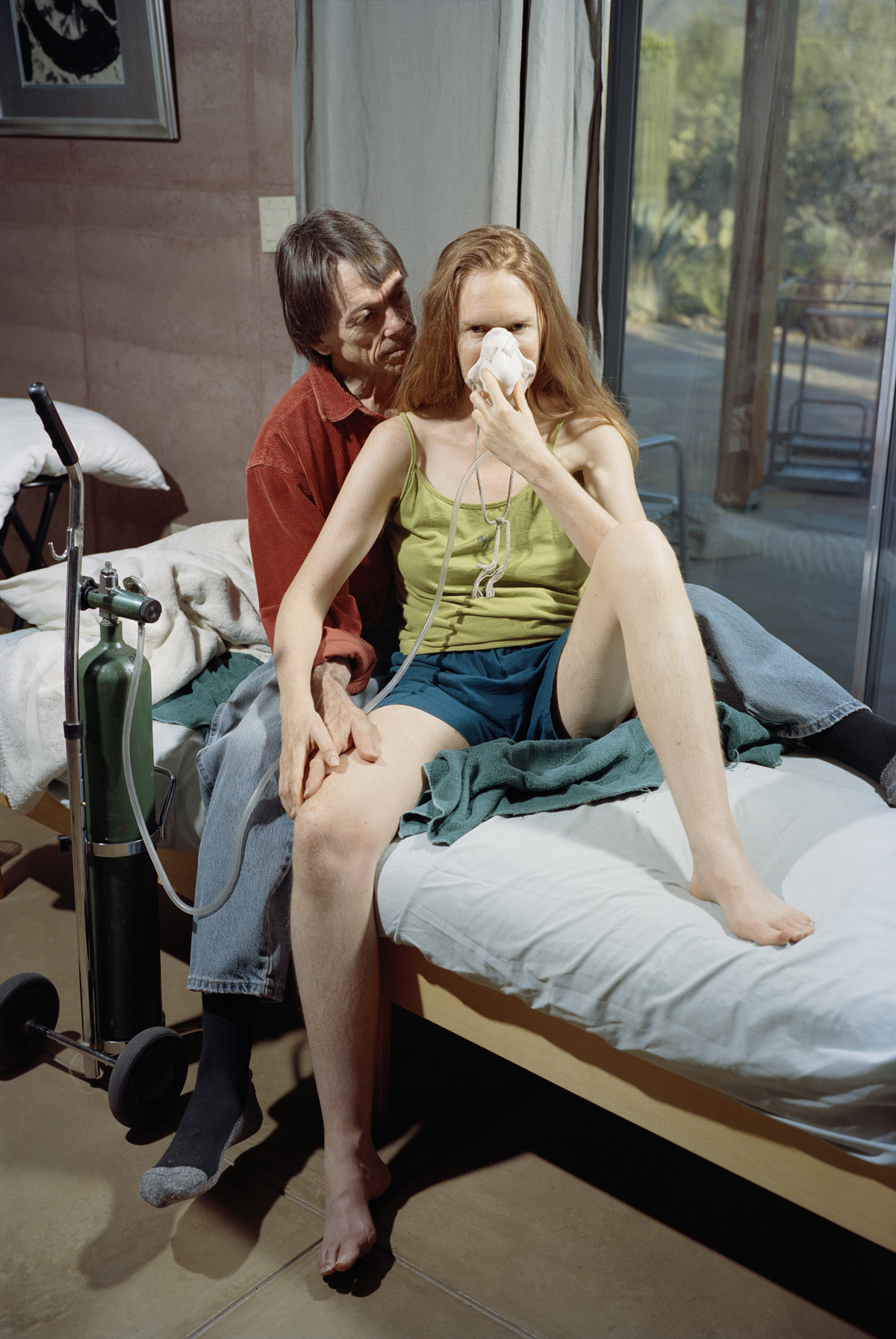
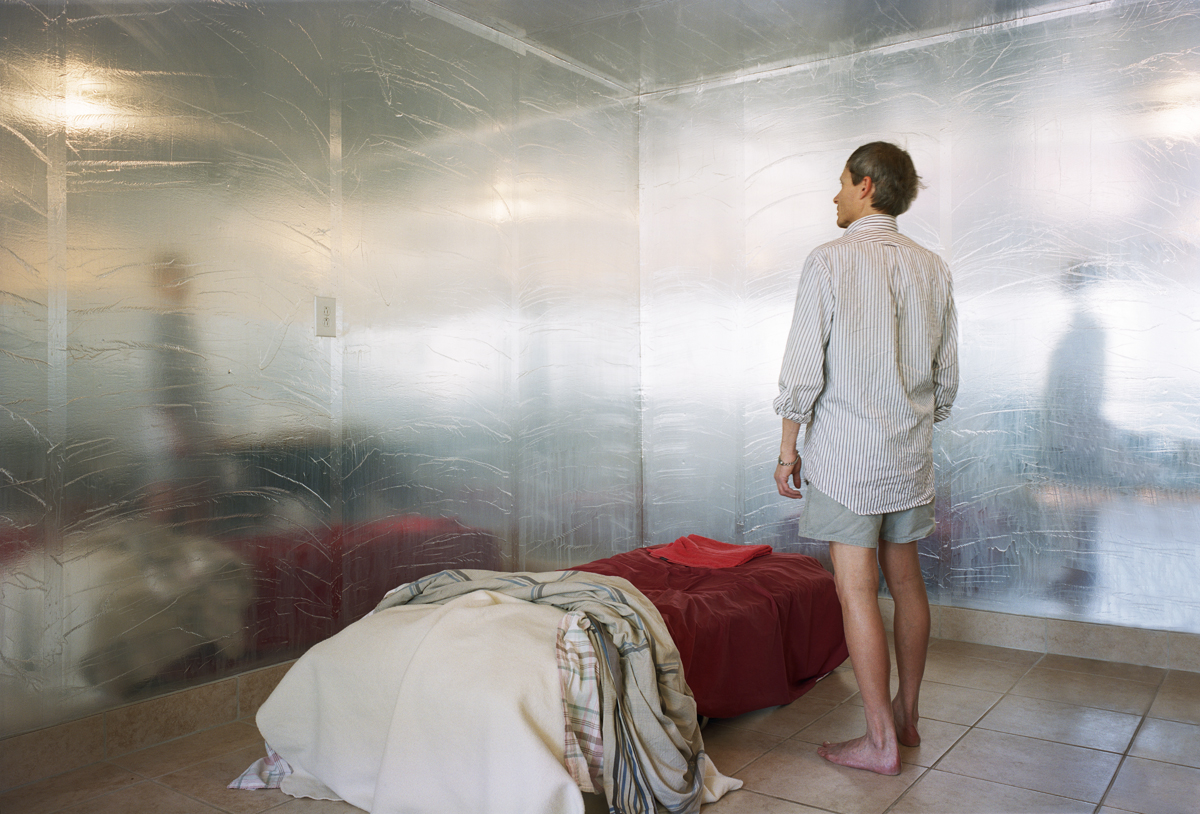
When the delicate balance of life first has been broken there seems no end to how sensitive we can become or to which element one might sensitize. In addition to chemicals some react to food, electromagnetic fields, textiles and even light – making life a near impossibility. Many people with EI end up living as refugees in remote areas out of tents, cars, or retro-fitted trailers, away from dangers of neighbors’ chemical use. Others are prisoners of their homes, with advanced air filter systems to keep outside air from contaminating their breathing space.
At the core of the bizarre, and sometimes freakish, appearance of Environmental Illness is a questioning of the sanity of a human world continuing to develop in a manner that is toxic to life itself.

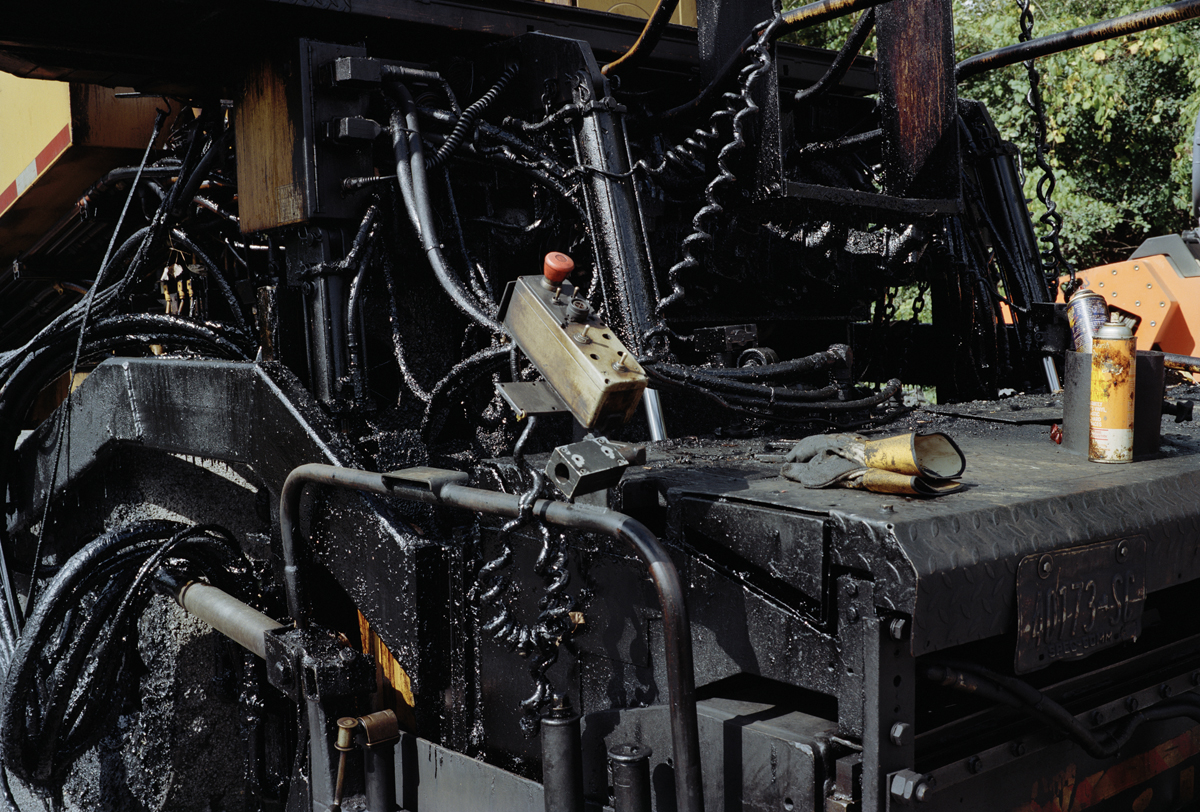


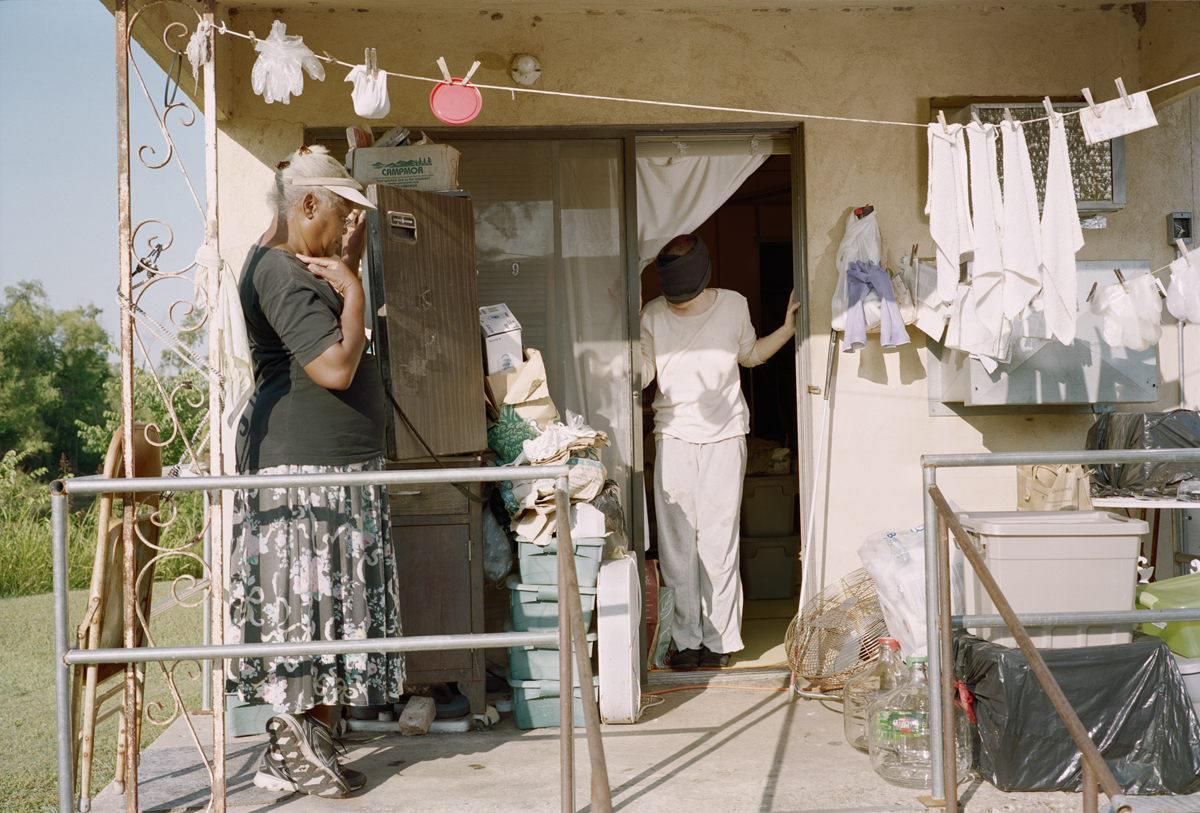
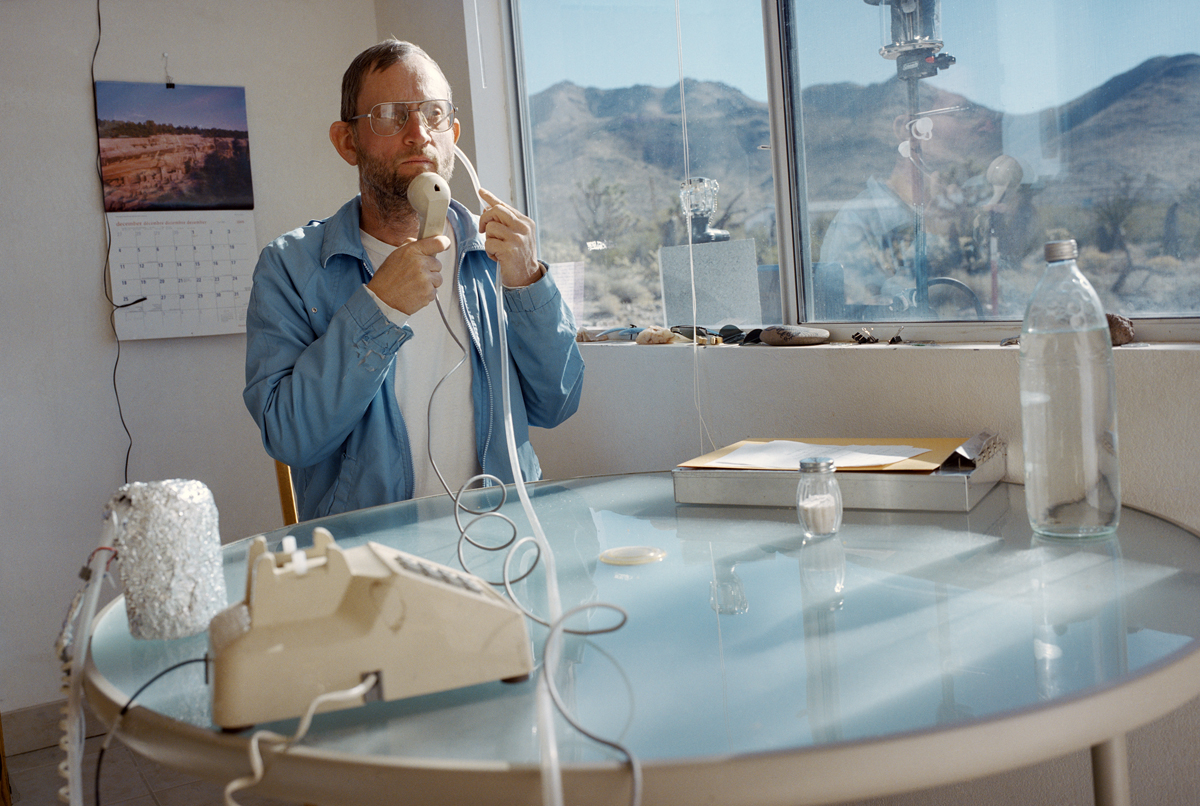
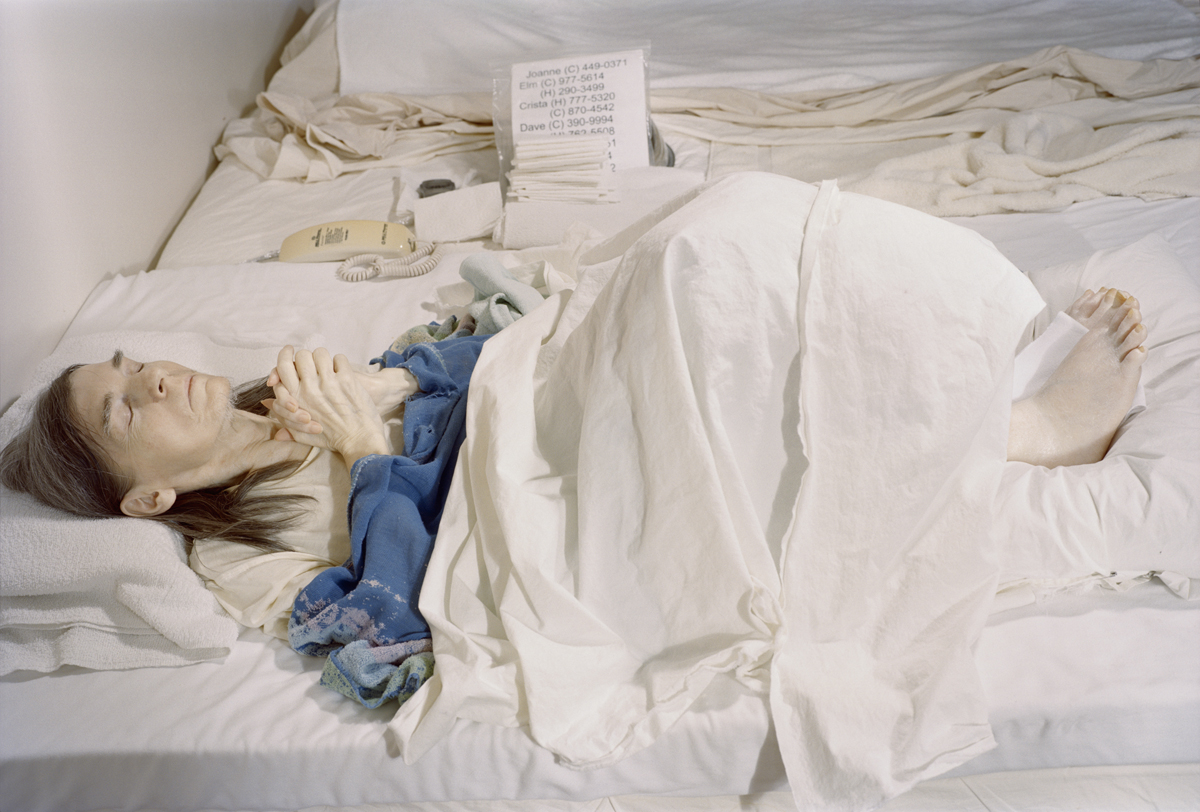
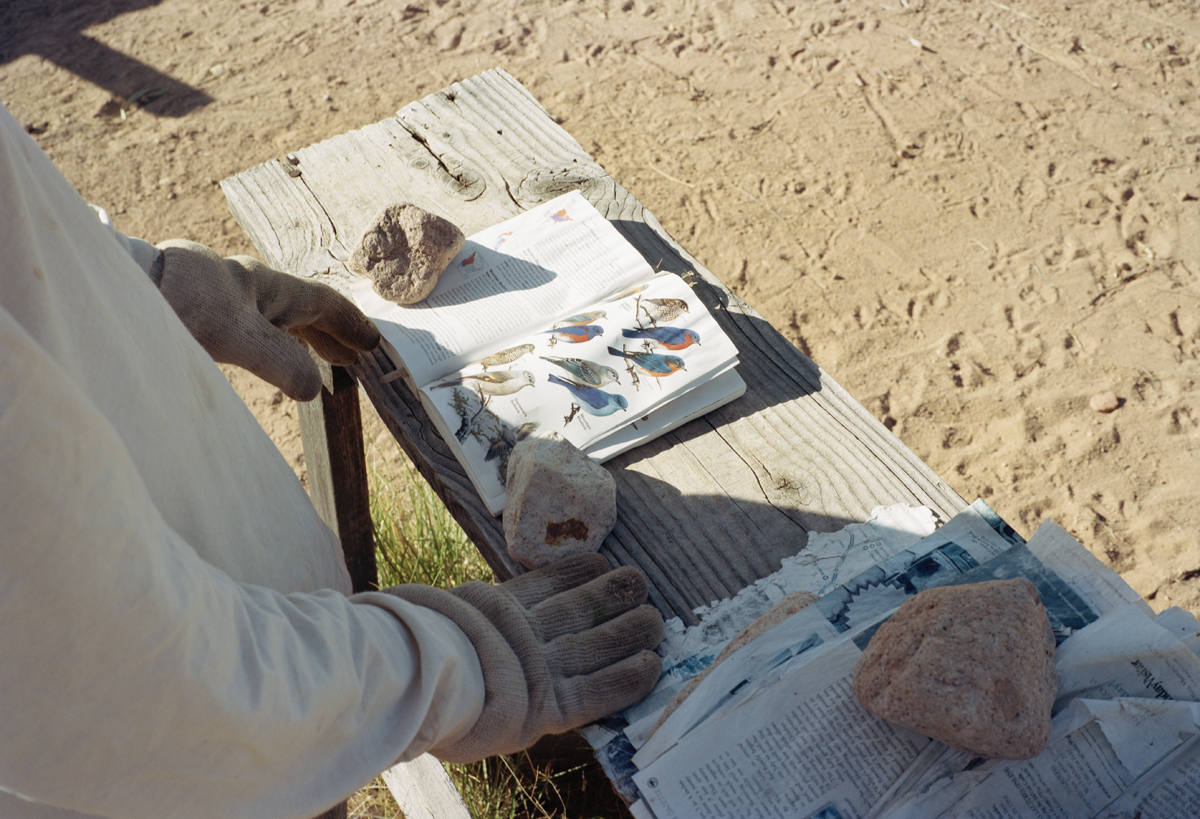


To view more of Thilde’s work please visit her website.